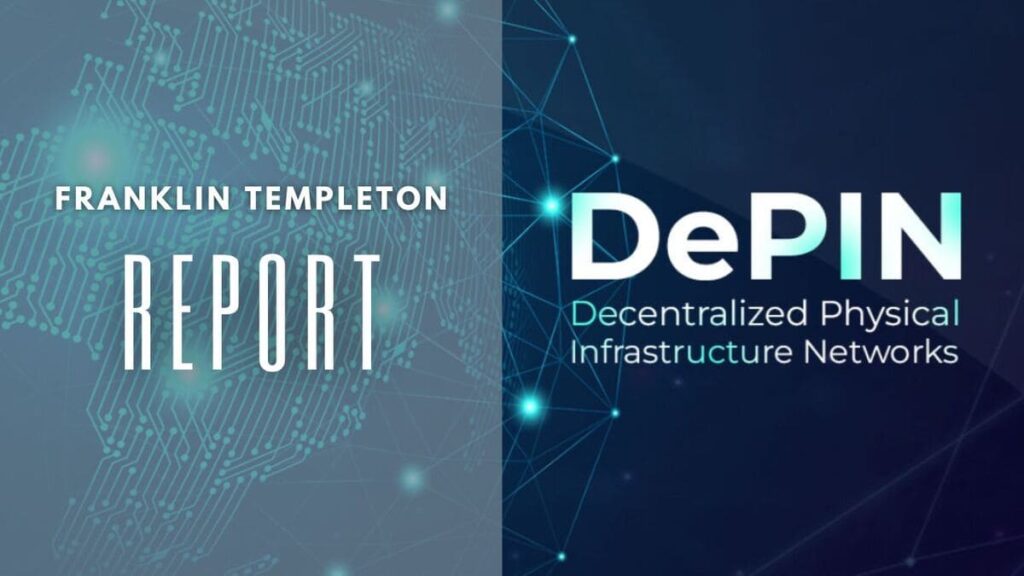TL;DR
- Franklin Templeton explores the sector of Decentralized Physical Infrastructure Network (DePin) Projects in their recent report, highlighting their disruptive potential across multiple sectors.
- Notable examples include Hivemapper and Helium, demonstrating how they can leverage mass collaboration to reduce costs and transform traditional industries.
- Despite notable supply growth, the report emphasizes that the demand for decentralized services must increase to ensure long-term viability.
In a recent report titled “DePIN: Traction in Supply & Early Signs of Increasing Demand,” Franklin Templeton, the renowned global asset management firm with over $1.5 trillion under its control, has explored the sector of Decentralized Physical Infrastructure Network (DePin) Projects.
These projects are revolutionizing traditional infrastructure by reducing operational costs through outsourcing to third parties, who are compensated with project tokens, creating more efficient and potentially disruptive operations in sectors such as computing, energy, telecommunications, and mapping.
DePIN: Traction in Supply & Early Signs of Increasing Demand pic.twitter.com/p9bJrBDbfz
— Franklin Templeton Digital Assets (@FTI_DA) June 12, 2024
An exemplary case is Hivemapper, the world’s first blockchain-based decentralized mapping network. Drivers installing a dashboard camera contribute to road mapping and earn Hivemapper tokens (HONEY). To date, Hivemapper has mapped 21% of the world’s roads in just 31 months, with a contributor base exceeding 60,000 users. Its model demonstrates how DePin projects can harness mass collaboration to develop vital infrastructures faster and more economically than traditional methods.
DePin Projects Challenging Traditional Sectors and Services
Another notable project is Helium, which has developed the largest decentralized wireless network and expanded its 5G network to about 13,000 hotspots through a partnership with T-Mobile. Helium offers an unlimited phone plan at a considerably lower price than traditional providers, attracting nearly 93,000 subscribers according to a Dune dashboard. Its approach not only reduces costs for consumers but also showcases the potential for DePin projects to compete with major telecommunications companies.
However, despite the successes achieved, the report points out that the demand for decentralized services has not grown at the same rate as supply, raising concerns about the long-term viability of DePin projects if consumer interest is not increased. As the market continues to expand, with 1,215 active projects and a total market capitalization of $47 billion, attracting a broader user base will be crucial for sustainability.
Recently, two new projects, Aethir and io.net, have launched their tokens, ATH and IO, listed on various centralized exchanges. This inclusion will enhance token liquidity and further validate the operational models of these projects, encouraging greater participation and investment in the sector.











